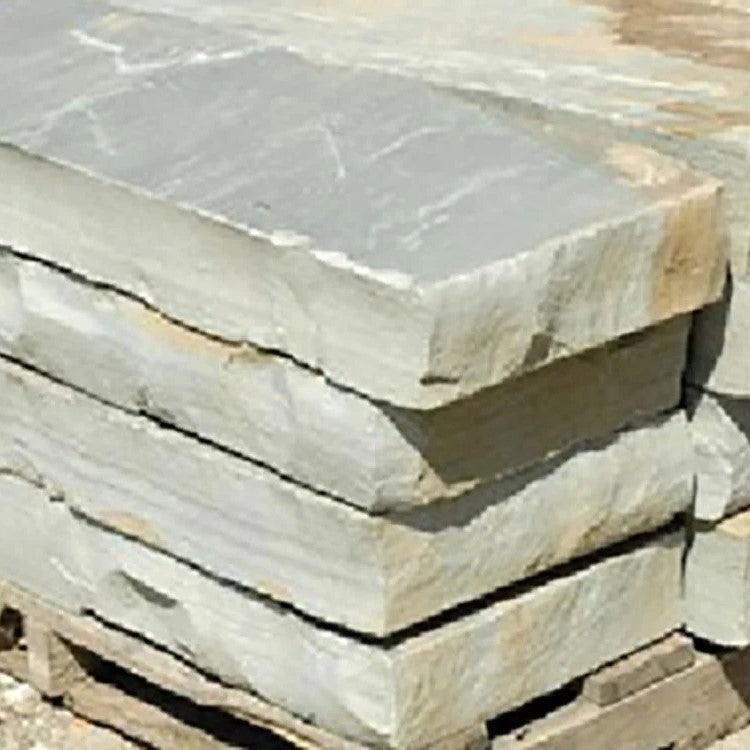Black Tartarian Sweet Cherry is a robust sweet cherry cultivar that produces an early season crop of richly flavored sweet cherries that are deep red to nearly black. While its mature size depends on its root graft, it has an upright crown and bright green foliage. Its white flowers bloom in mid spring, and are followed by the berries that are ready for harvest in summer once old enough to start producing. Grows best in most, well-drained soils that are lightly acidic. Average age to fruit is 3-7 years. Needs a pollinator to set fruit; suggested partners are other early season sweet cherries, such as Bing.
|
Type: |
Tree, Edible |
|
Origins: |
Europe to Afghanistan, Northern Africa |
|
Height: |
18’ - 25’ (stnd) 10' - 15' (semi-dwarf) |
|
Spread: |
18’ - 25’ (stnd) 10' - 15' (semi-dwarf) |
|
Spacing: |
22' (stnd) 16' (semi-dwarf) |
|
USDA Hardiness Zone: |
4 - 8 |
|
Culture: |
Full Sun |
|
Bloom Color: |
White |
|
Season of Interest: |
Spring, Summer |
MAINTENANCE NEEDS: High Maintenance. Pests and diseases can be a problem. Potential disease problems include leaf spot, bacterial canker, brown rot, black knot, crown gall, leaf curl, leaf scorch, powdery mildew, root rot, scab and shot-hole fungus. Potential insect pests include aphids, fruit flies, saw flies and scale. Late frost can damage the buds.
LANDSCAPE USES: Accents or Group Plantings, Borders, Woodland Gardens, Wildlife Gardens, and Shade Tree.
COMPANION PLANTS: Rosemary, Marigold, Persimmon
IMAGE: Eugene Is Oregon, Oregon's oldest Black Tartarian Cherry Tree was planted in 1847!
*As plants have ranges in appearance they may not appear as the images shown.























































